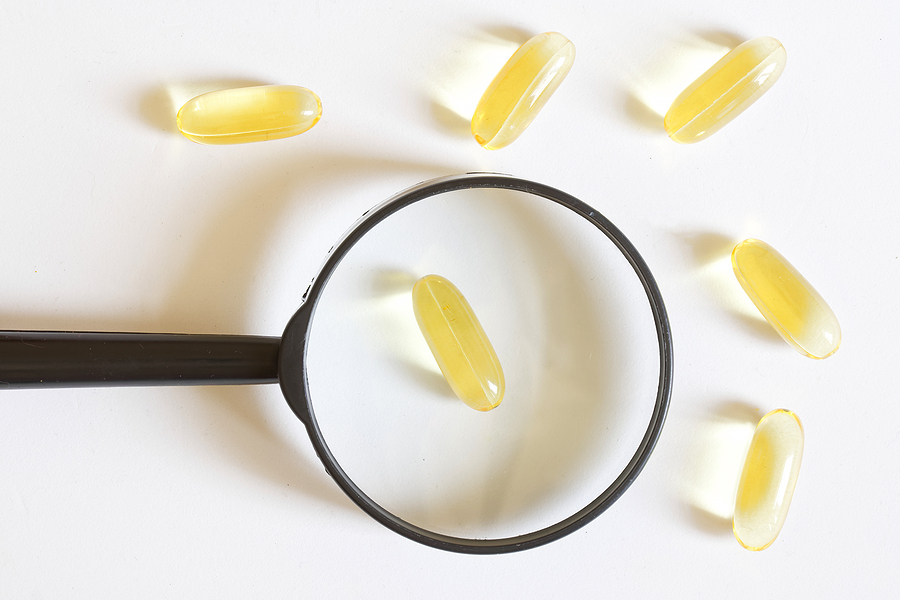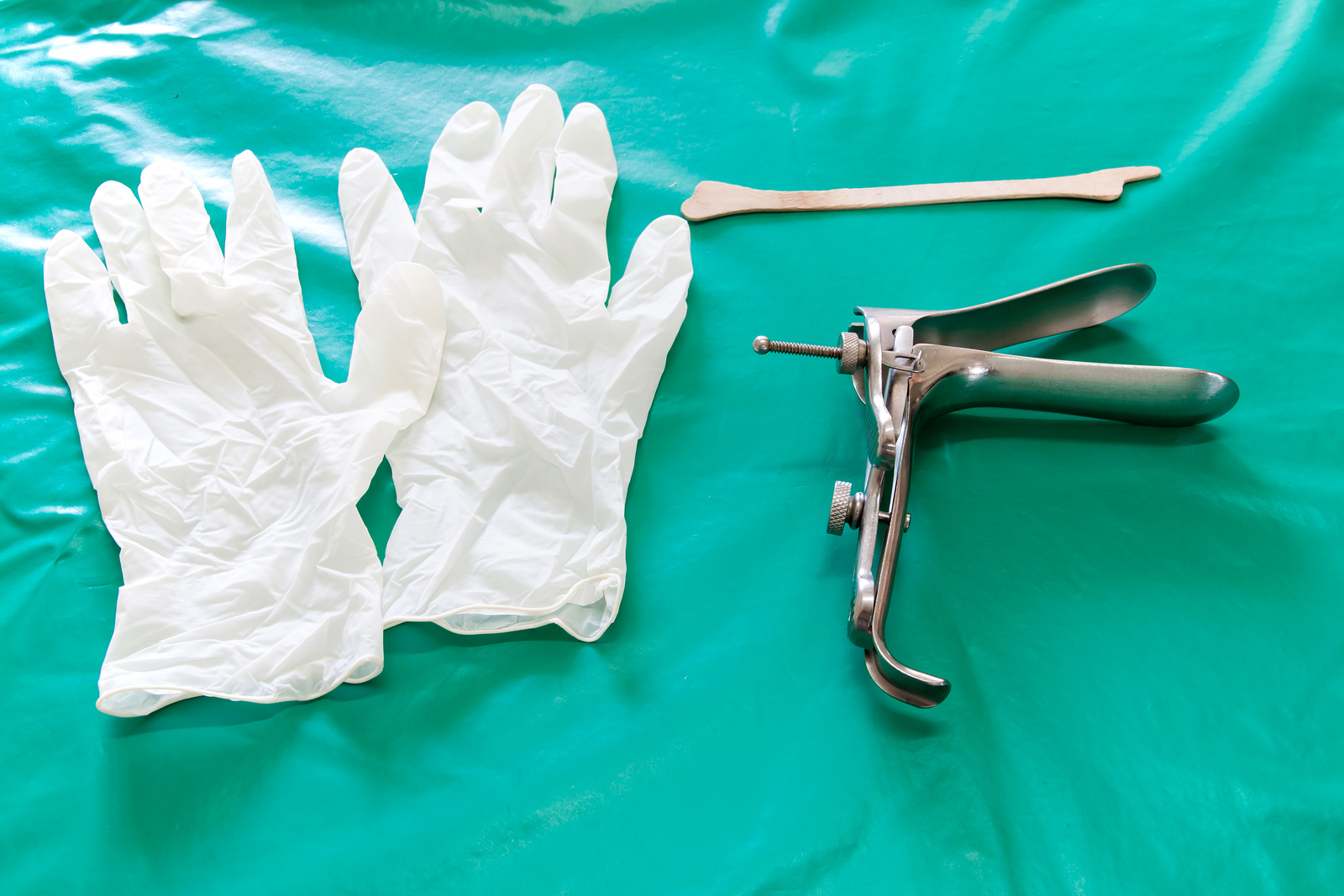Having your blood pressure checked when you visit the doctor or dentist is so automatic that you may never have stopped to think about what is happening, and you may pay no attention to the readings at all. Often, the only time women think twice about their blood pressure is when they are told there is a problem. But knowing your blood pressure patterns can give you really important information that can help you avoid a health crisis later. Let’s see what blood pressure is all about, and why regular monitoring is so important.
When you get your blood pressure taken, the cuff of a sphygmomanometer (your doctor should offer you a lollipop if you can pronounce it!) is placed manually over your brachial artery, the largest artery in your arm, and inflated by a pump. This compresses the artery and stops blood flow. The air in the cuff is slowly released while the practitioner listens with a stethoscope.
As the pressure in the cuff deflates, blood begins to pulse through the artery again. The first sound the stethoscope detects is called the systolic pressure, or peak pressure. This is the pressure that gets exerted when your heart beats, pumping blood from the arteries to the veins. Diastolic pressure, or resting phase, is the pressure in the vessels in between heartbeats. It is the lowest pressure and the last sound picked up by the stethoscope.
The following are standard guidelines for assessing blood pressure (the healthy range has been lowered in recent years).
Standard Blood Pressure Guidelines per mmHg (millimeters of mercury)
- Low <89 / <50
- Normal <120 / <80
- Prehypertension 120–139 / 80–89
- Mild Hypertension 140–159 / 90–99
- Moderate Hypertension 160–179 / 100–109
- Severe Hypertension >180 / >110
- Isolated systolic hypertension >140 / <90
How often should you get a blood pressure test?
Remember, high blood pressure is insidious. You won’t likely have a clue that you have it unless you get checked. This means you need to get checked regularly — at least annually, and more often depending on your history and risk factors.
When a woman comes in for her annual exam, I always ask her How’s your life? How’s your diet? How are your stress levels? These questions are a big part of the blood pressure equation! I like to take at least two blood pressure readings per visit, one before I examine her and another when she’s ready to leave. I may also ask her to get blood pressure tests in-between visits and have her fax or phone in the readings to me, so I can adjust for environmental factors or identify trends.
One reason for this is “white-coat syndrome,” a benign phenomenon where a patient’s blood pressure skyrockets at the mere sight of a lab coat. Other environmental factors, such as an extra cup of coffee or a stressful commute, can temporarily spike your blood pressure.
I like to see my patients somewhere in the vicinity of the optimal levels, but I always keep in mind each patient’s individual physiology and emotional status. If we get several elevated readings in a row, then I know we need to discuss dietary and lifestyle modifications now — well before you get into trouble. But what a great wake-up call!
“Owning” your blood pressure — should you buy your own cuff?
If you’ve been diagnosed with hypertension or prehypertension, you need to check your blood pressure frequently. Depending on your age, situation, and risk factors, you may want to think about buying a blood pressure cuff. There are many models available, but you can get a good one for $50–100. Here are some compelling reasons to justify this expense:
First of all, you’re investing in your health. Having your own cuff can certainly make it easier for you and your provider to keep a close eye on your levels. And it is empowering to have the ability to test yourself. Self-testing means you can know for yourself at any time, even enabling you to pinpoint triggers that might “set you off” as an individual.
For some, stopping off at the local grocery store or pharmacy for a quick check is a convenient option. On the other hand, having to do this may add just one more demand to your daily shuffle — one you can readily “blow off.” And that’s no way to take care of yourself.
In addition, readings can vary widely between blood pressure cuffs, and when you own your own, you can control how often it gets calibrated. Like synchronizing watches, you can bring your cuff along to your doctor’s office for ready comparison.
Another consideration is that blood pressure levels of even the healthiest people fluctuate over the course of a day, and having your own will allow you to check it at the same time each day for consistency. But remember that readings can also vary according to what that day holds in store for you or what it delivered in the way of frustration, stress, fulfillment, satisfaction, and relaxation. When you adopt the consistent self-care approach we recommend, it’s a beautiful thing to watch your blood pressure readings return to a normal range — and stay there!
So whether you must monitor your pressures regularly or you’re simply intrigued by your body’s vital signs, having your own blood pressure cuff is a great way to expand your healthy toolkit!







